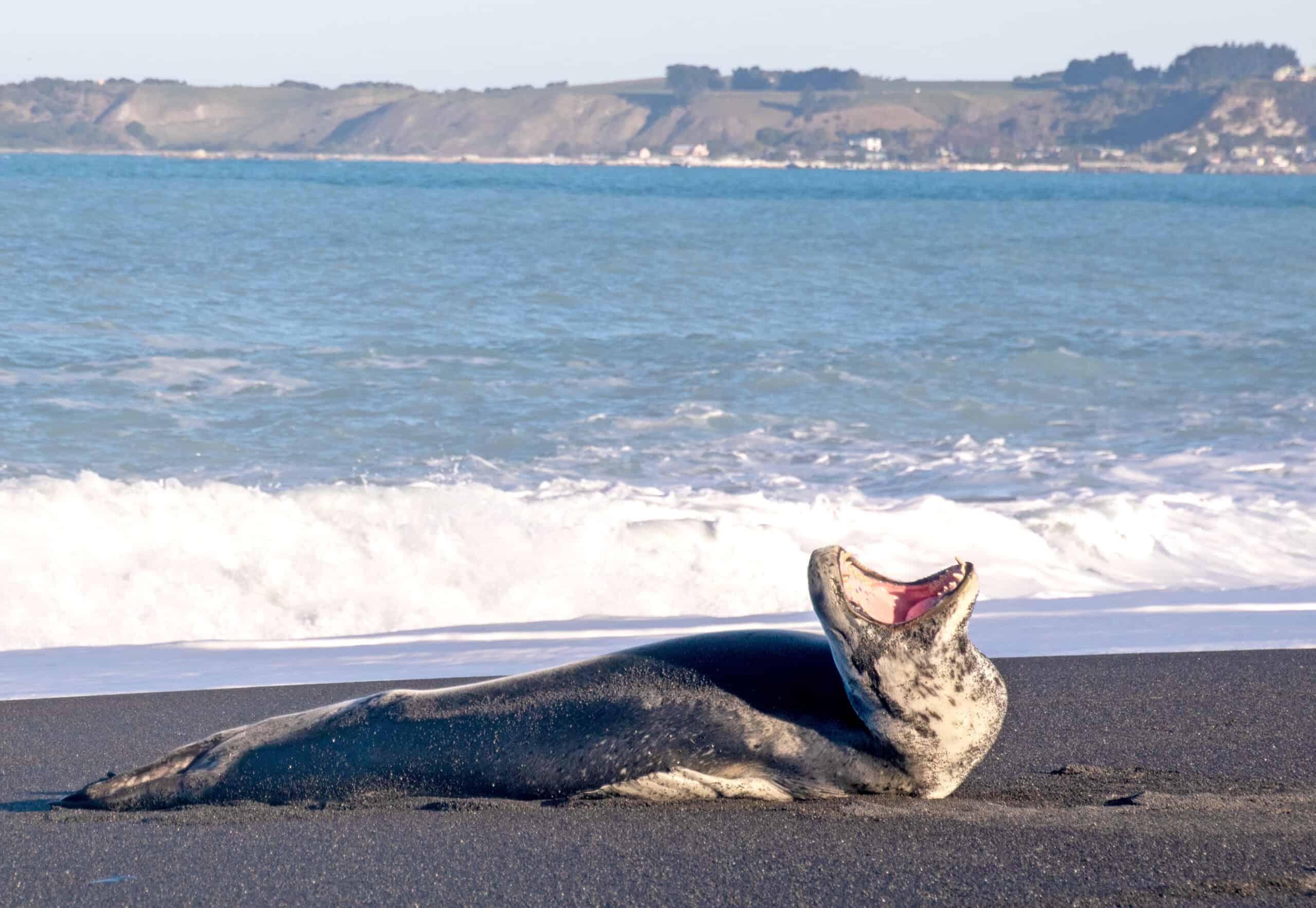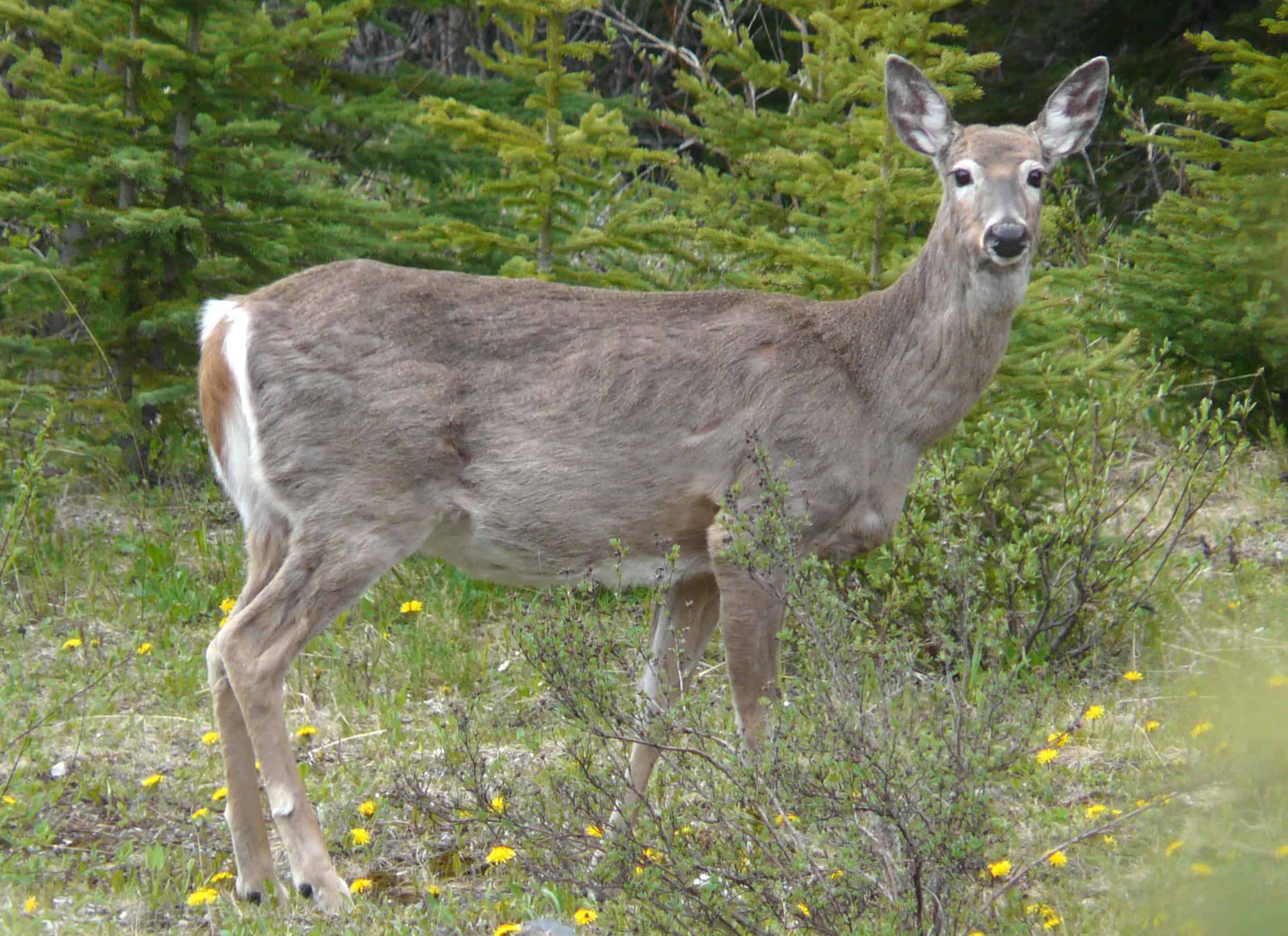Share this article
Wildlife Featured in this article
- Leopard seal
WSB: Spotting leopard seals by algorithm
Researchers tested computer programs to see how well they identified individuals by their markings
When a female leopard seal started making regular appearances in Auckland, New Zealand marinas, it attracted a lot of attention—and raised a lot of questions.
Leopard seals (Hydrurga leptonyx) are usually seen on pack ice far south in the Antarctic and subantarctic. The persistent appearances by the seal dubbed Owha—short for her Māori name “He owha nā ōku tūpuna,” or “treasured gift from our ancestors”—showed how at home these seals can be farther north.
But exactly how they use their wide range remains a mystery—one that could have ramifications for other species facing the effects of climate change.
“We just don’t know,” said Alex Grabham, a PhD student at the University of Canterbury in Christchurch, New Zealand, and a research assistant for the nonprofit conservation organization LeopardSeals.org.
Leopard seals are known to make seasonal forays northward from Antarctica to such far-flung destinations as Chile, South Africa and New Zealand. But some of those seals seem to stay north instead of heading back to Antarctica. How many? Researchers don’t know that, either.
But understanding where leopard seals go could reveal some clues about climate change, Grabham said. Because these large seals have such a diverse diet—from krill, to penguins to other seal species—they are expected to handle a warming Antarctic better than some other species. Where they find food could provide information about unseen changes in the ecosystem.
“Because they range so far,” Grabham said, “once we understand their distribution, once we understand their movements and their dispersal, they could essentially act as an indicator of the effects of climate change. If they start using areas differently or they’re not seen in typically frequented areas, it could indicate ecological changes with the potential to impact a whole host of species from New Zealand and South America downwards.”
As leopard seals’ name suggests, the patterns on their fur are unique, helping biologists identify and track individuals. To do that, scientists need photos—and they have a lot of them. “For Owha, we have several thousand photographs,” Grabham said.
At LeopardSeals.org, Grabham has been helping to assemble a catalog of leopard seals spotted in New Zealand. With some 200 individuals so far, the catalog is based largely on photos taken by citizen scientists—mostly tourists and locals who spot a seal as they’re out walking.
“We are eternally grateful for all of this,” he said. “We don’t have the resources or the manpower—especially in such a sparsely populated country with such a vast coastline. We wouldn’t have most of this data.”
But citizen scientists’ images typically lack the scientific rigor expected from a biologist. Scientists often try to capture the same part of the animal from the same angle in the same position—say, the left side of the head—to create consistency among the images, Grabham said. Tourists, on the other hand, shoot whatever they find. That could mean a face or the whole body. The left side or the right side. A body turned in one direction could stretch out the seals’ spots. If it turned the other way, it could scrunch them up. Some images are blurry. Some are too dark. Some are too light.
Weeding through all these images takes time, Grabham said. “Somebody might take three photographs,” he said. “Somebody else might take 300.”
To try to save time identifying all these images, Grabham and his team turned to semiautomated programs, which use algorithms to try to identify individual seals by their markings. In a study published in the Wildlife Society Bulletin, Grabham and colleagues Krista van der Linde and Ximena Nelson compared three programs to see which did the best job at identifying individual seals that team members had already confirmed.
The researchers compared HotSpotter, Interactive Individual Identification System’s Pattern+ and Wild-ID—three species-generalist programs widely used to identify a variety of species by their markings, from jaguars (Panthera onca) to giraffes (Giraffa camelopardalis).
Each program had advantages in some situations, Grabham said, and in some cases, researchers may want to use more than one. But overall, HotSpotter’s feature-rich user interface proved to be the most accurate.
That’s especially helpful for small organizations that rely on volunteers, he said, although a species-specific program could prove to be even more accurate, further speeding up the identification process. Grabham hopes his research can help make that possible.
“This was sort of the first step,” he said.
This article features research that was published in the Wildlife Society Bulletin, a TWS peer-reviewed, open-access journal. Join TWS now to access all TWS journals and read the latest in wildlife research.
Header Image: A leopard seal yawns as it lies on a beach on the Kaikoura Peninsula on New Zealand’s South Island. Credit: Alex Grabham








